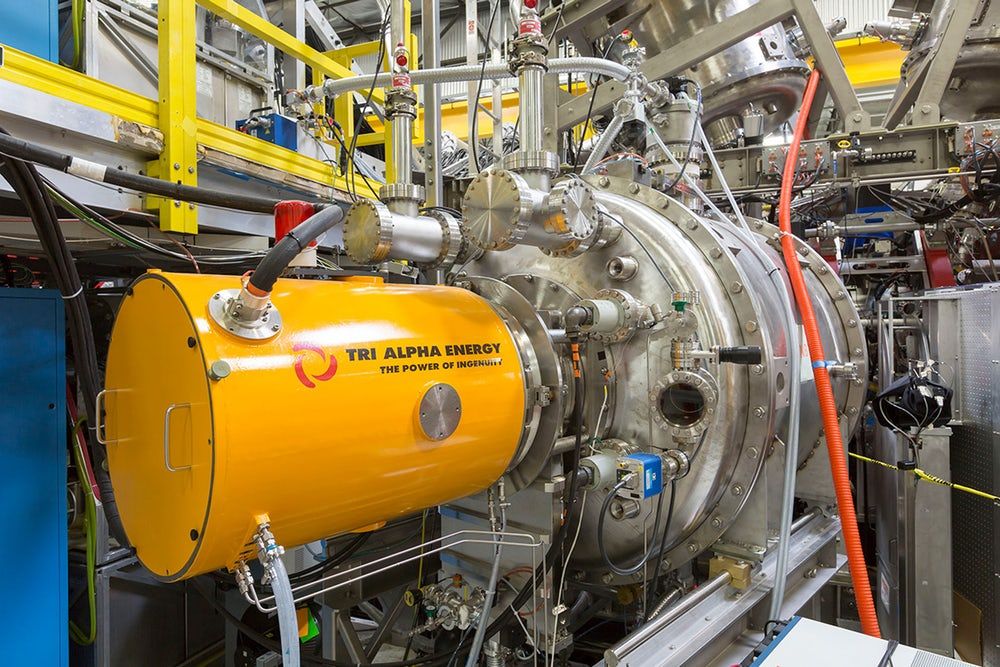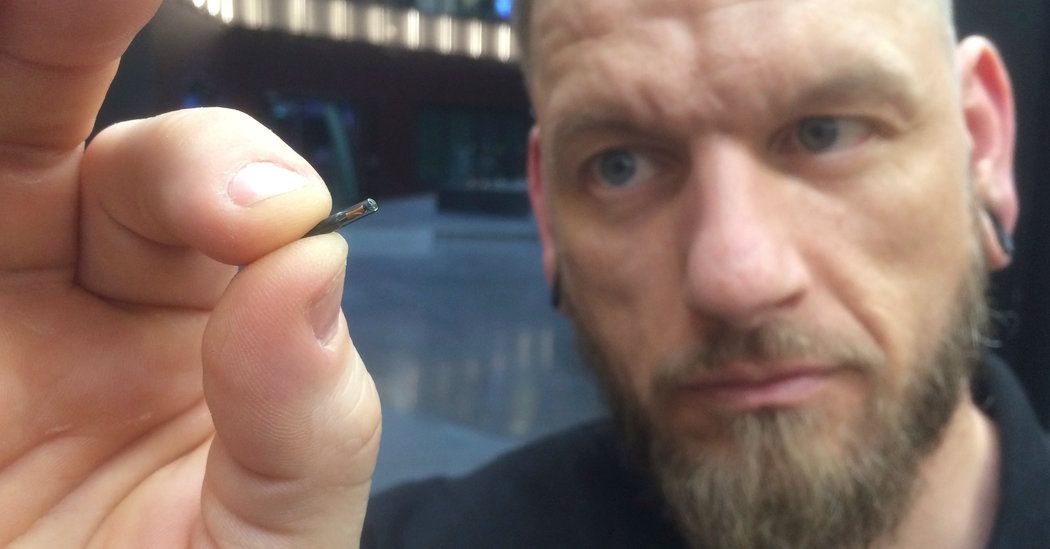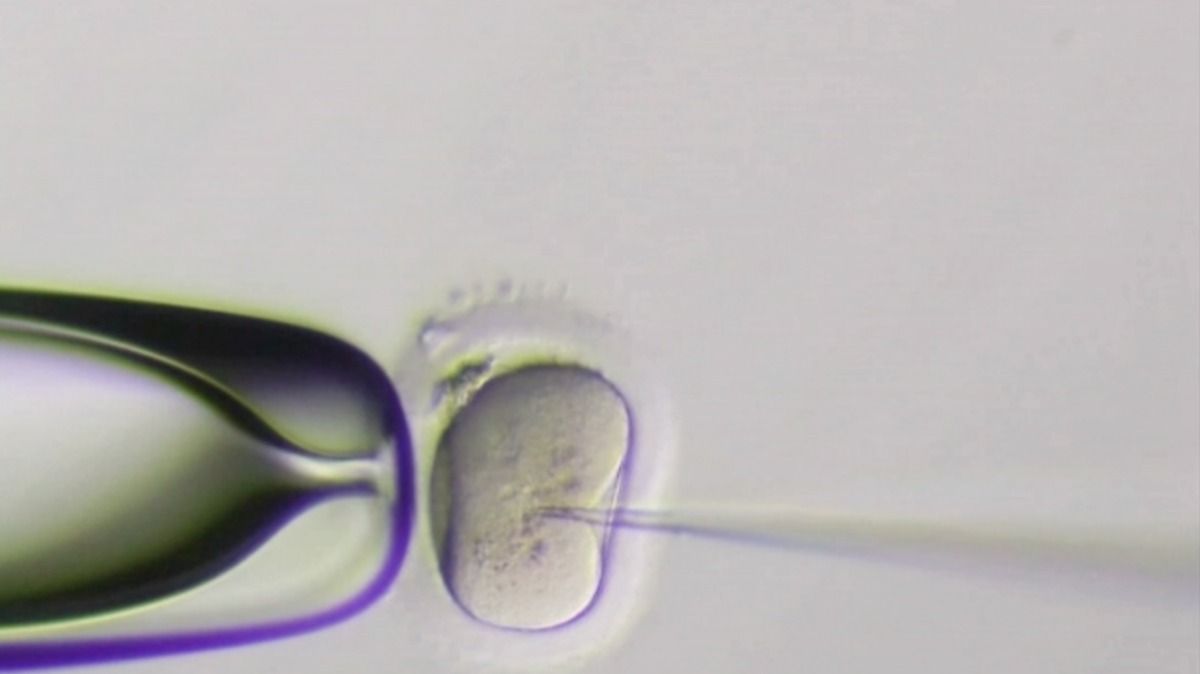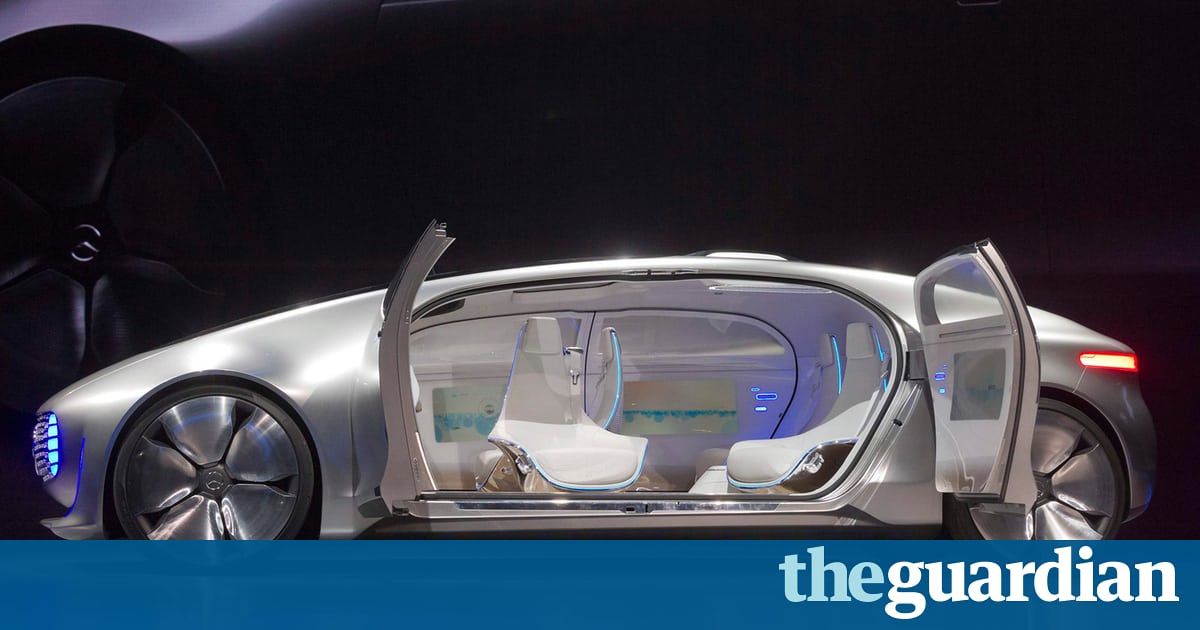Page 9768
Jul 26, 2017
Microchip Implants for Employees? One Company Says Yes
Posted by Aleksandar Vukovic in categories: computing, food
Employees at a Wisconsin technology company are volunteering to have microchips implanted in their hands to make unlocking doors and paying for food easier.
Jul 26, 2017
Top Aging Experts Reveal the Best Habit for How to Stay Young
Posted by Zoltan Istvan in category: life extension
What if there was one thing that you could do today to delay or improve the natural aging process in your body and mind?
At Emerge we are constantly seeking collaboration with the best minds in the world for helpful and practical advice on how to stay physically, mentally and financially healthy. Today we explore the concept of what it would be like to totally reimagine aging.
We’ve spent weeks rounding-up the top experts from around the world in various aging (also referred to as senescence) fields and asked them one question for our highly health conscious audience:
Continue reading “Top Aging Experts Reveal the Best Habit for How to Stay Young” »
Jul 26, 2017
EXCLUSIVE: First human embryos edited in U.S., using CRISPR
Posted by Dan Kummer in category: biotech/medical
Rewriting Life
First Human Embryos Edited in U.S.
Researchers have demonstrated they can efficiently improve the DNA of human embryos.
Continue reading “EXCLUSIVE: First human embryos edited in U.S., using CRISPR” »
Jul 26, 2017
What will the car of 2040 be like?
Posted by John Gallagher in categories: futurism, transportation
Following the announcement petrol and diesel engine cars will be banned from sale in 2040, the car of the future is up for grabs.
Jul 26, 2017
Living computers: RNA circuits transform cells into nanodevices
Posted by Klaus Baldauf in categories: bioengineering, biological, computing
The interdisciplinary nexus of biology and engineering, known as synthetic biology, is growing at a rapid pace, opening new vistas that could scarcely be imagined a short time ago.
Jul 26, 2017
Fast, Efficient bloodstream robots
Posted by Klaus Baldauf in categories: biotech/medical, nanotechnology, robotics/AI
The unique swimming strategies of natural microorganisms have inspired recent development of magnetic micro/nanorobots powered by artificial helical or flexible flagella. However, as artificial nanoswimmers with unique geometries are being developed, it is critical to explore new potential modes for kinetic optimization. For example, the freestyle stroke is the most efficient of the competitive swimming strokes for humans. Here we report a new type of magnetic nanorobot, a symmetric multilinked two-arm nanoswimmer, capable of efficient “freestyle” swimming at low Reynolds numbers. Excellent agreement between the experimental observations and theoretical predictions indicates that the powerful “freestyle” propulsion of the two-arm nanorobot is attributed to synchronized oscillatory deformations of the nanorobot under the combined action of magnetic field and viscous forces. It is demonstrated for the first time that the nonplanar propulsion gait due to the cooperative “freestyle” stroke of the two magnetic arms can be powered by a plane oscillatory magnetic field. These two-arm nanorobots are capable of a powerful propulsion up to 12 body lengths per second, along with on-demand speed regulation and remote navigation. Furthermore, the nonplanar propulsion gait powered by the consecutive swinging of the achiral magnetic arms is more efficient than that of common chiral nanohelical swimmers. This new swimming mechanism and its attractive performance opens new possibilities in designing remotely actuated nanorobots for biomedical operation at the nanoscale.
Each bot is 5 micrometres long and has three main parts, connected together like sausage links by two silver hinges. Its gold body is flanked by two magnetic arms made of nickel, and applying a magnetic field to the tiny robot makes the arms move.
The next generation bloodstream will be made from biodegradable materials before they can be used in the bloodstream. Less complicated areas in the human body like the urinary tract or the eyeballs should see clinical trials begin within the next five to 10 years. Injecting a single swimmer into an eyeball, where it could deliver medication directly to the retina and then be removed, would be much less complicated than letting a swarm of them swim throughout the entire circulatory system.
Jul 26, 2017
Scientists Discover The “Angel Particle” That Is Both Matter and Anti-Matter
Posted by John Gallagher in category: particle physics
Jul 26, 2017
A DNA app store is here, but proceed with caution
Posted by John Gallagher in category: biotech/medical
Helix will sequence your genes for $80 and lure app developers to sell you access to different parts of it.
Jul 26, 2017
DARPA reveal project to develop gene editing system
Posted by John Gallagher in categories: bioengineering, biotech/medical
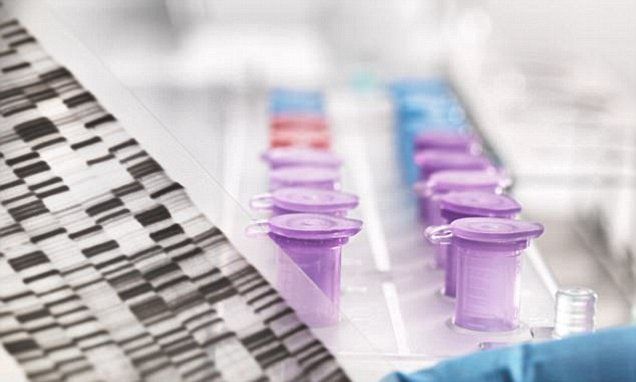
DARPA’s Safe Genes program plans to invest $65 million in seven teams that will collect data and develop gene editing tools to support bio-innovation and combat bio-threats such as invasive species.
